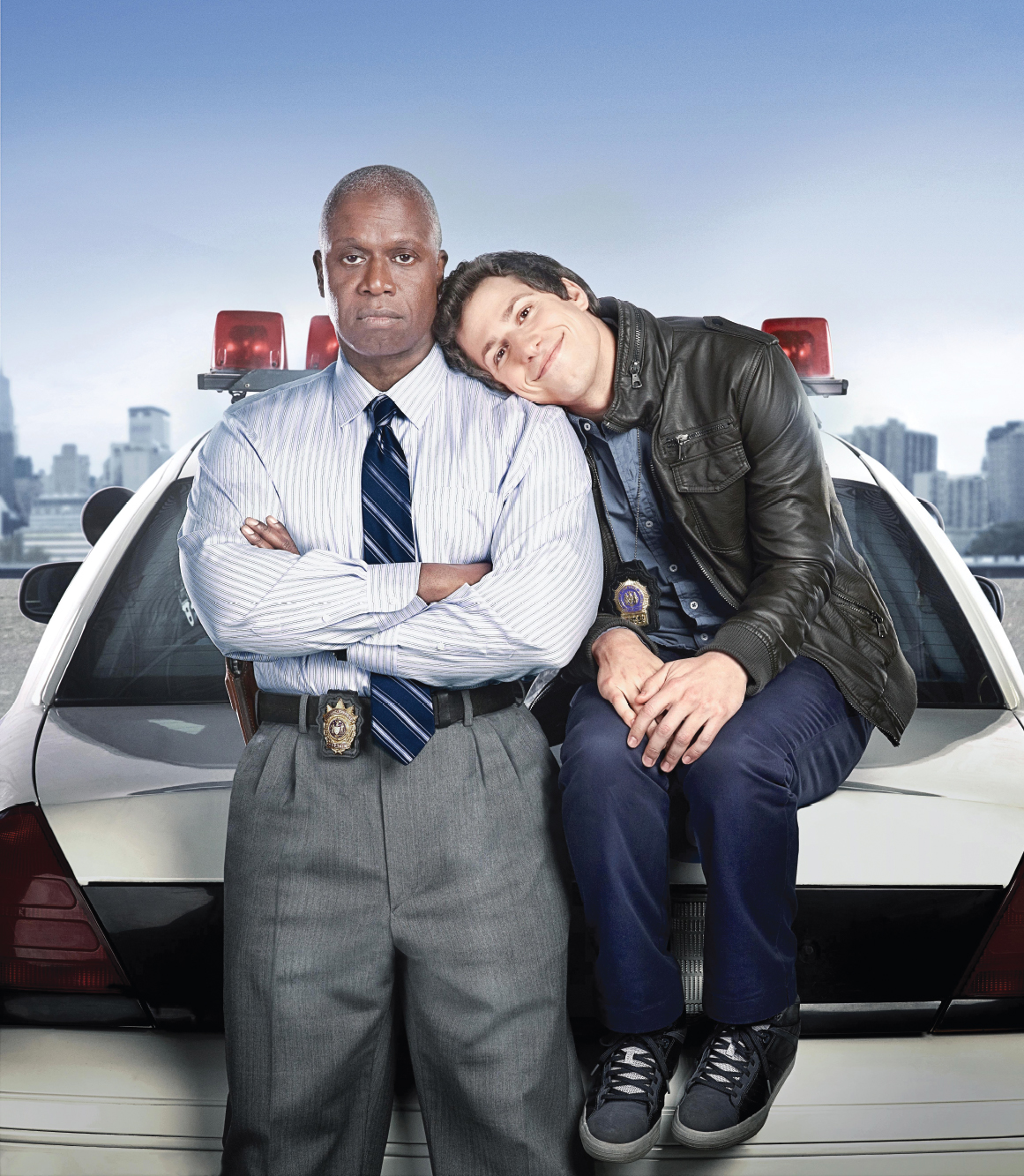10
Leadership and Decision Making in Groups

LearningCurve can help you master the material in this chapter. Go to the LearningCurve for this chapter.
Captain Ray Holt is finally in charge: as the new commanding officer on Brooklyn Nine-
chapter outcomes
After you have finished reading this chapter, you will be able to
- Describe the types of power that effective leaders employ
- Describe how leadership styles should be adapted to the group situation
- Identify the qualities that make leaders effective at enacting change
- Identify how culture affects appropriate leadership behavior
- List the forces that shape a group’s decisions
- Explain the six-
step group decision process - List behaviors to improve effective leadership in meetings
- Demonstrate aspects of assessing group performance
But Holt is undeterred. He advises his staff that he has high expectations: regulations are to be followed; paperwork is to be properly filed. With his no-
But before long, Peralta is wearing that tie, Jeffords is back in action, and Diaz is managing to smile at juries during testimony. Holt earns their respect, loyalty, and even obedience, not by laying down a hard line but by explaining himself. When Peralta asks why it took him so long to get his own command, Holt succinctly explains that it had to do with his coming out twenty-
What makes a leader? Power? Experience? Decisiveness? In this chapter, we continue our discussion of group communication by examining two additional processes that often emerge in groups: leadership and decision making. These two processes are tightly interrelated: a group’s leader affects how the group makes decisions, and the decisions a group makes affect how the leader operates. When leadership and decision making work together in a constructive way, a group stands the best possible chance of achieving its goals. To understand how these processes influence a group’s effectiveness, let’s begin by taking a closer look at group leadership.